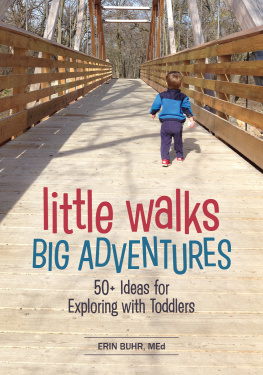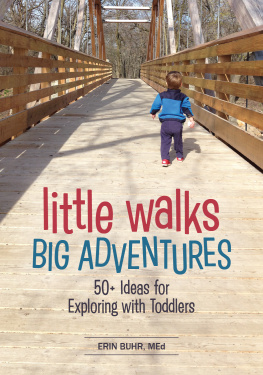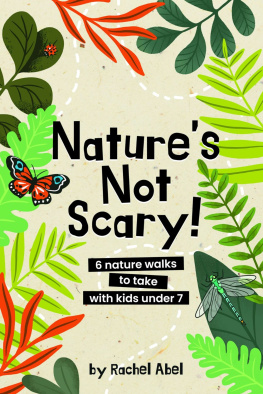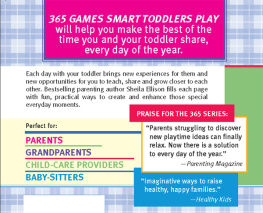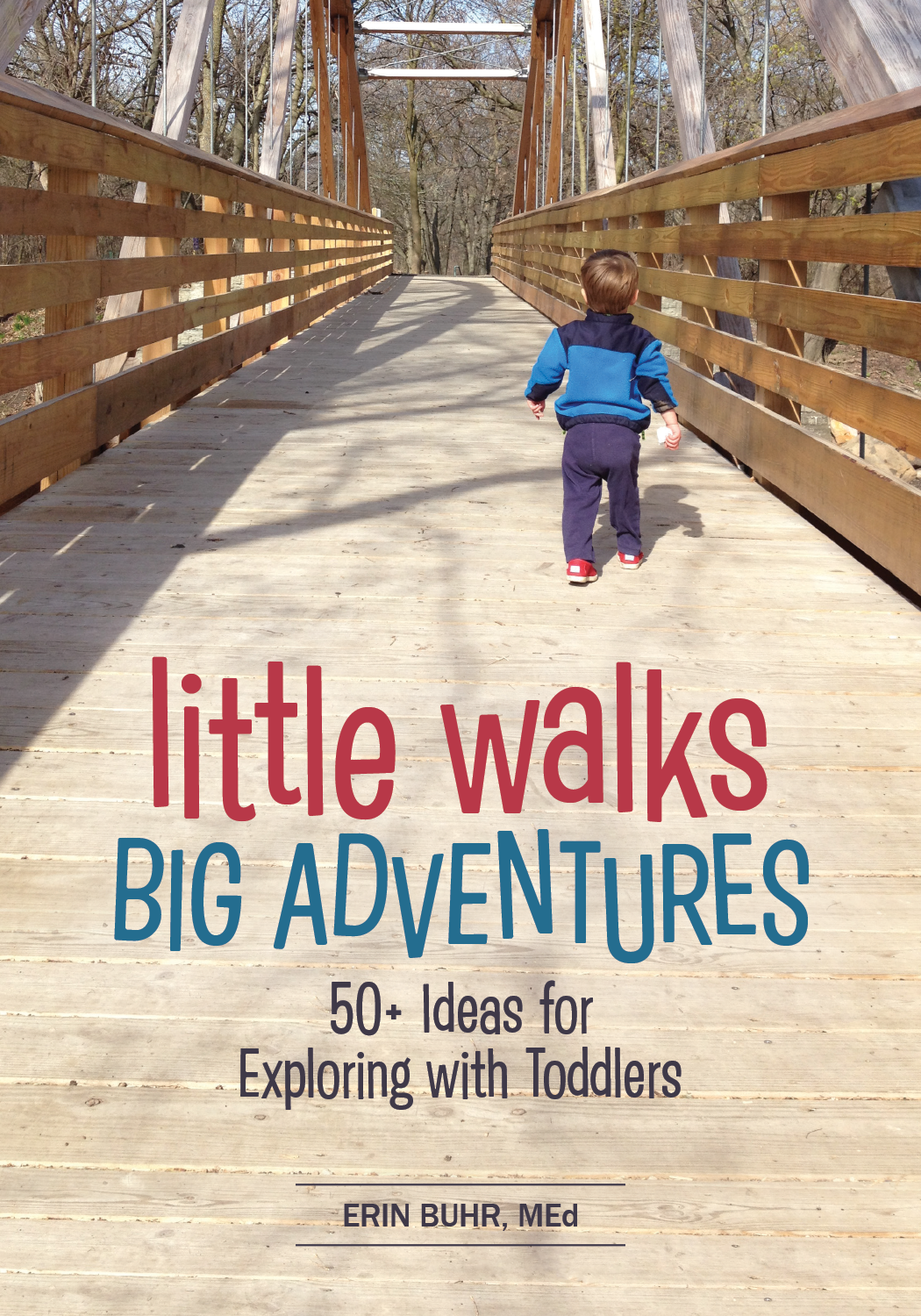Contents Copyright 2018 Erin Buhr Published by Gryphon House, Inc. P. O. Box 10, Lewisville, NC 27023 800.638.0928; fax 877.638.7576 www.gryphonhouse.com All rights reserved. No part of this publication may be reproduced or transmitted in any form or by any means, electronic or technical, including photocopy, recording, or any information storage or retrieval system, without prior written permission of the publisher. Printed in the United States of America.
Every effort has been made to locate copyright and permission information. Photographs courtesy of the author and Shutterstock.com. Gryphon House books are available for special premiums and sales promotions as well as for fund-raising use. Special editions or book excerpts also can be created to specifications. For details, call 800.638.0928. Gryphon House, Inc., cannot be held responsible for damage, mishap, or injury incurred during the use of or because of activities in this book.
Appropriate and reasonable caution and adult supervision of children involved in activities and corresponding to the age and capability of each child involved are recommended at all times. Do not leave children unattended at any time. Observe safety and caution at all times. Library of Congress Cataloging-in-Publication Data Names: Buhr, Erin, author. Title: Little walks, big adventures : 50+ ideas for exploring with toddlers / by Erin Buhr, M.Ed. | Includes bibliographical references. | Includes bibliographical references.
Identifiers: LCCN 2017037290 | ISBN 9780876597576 (pbk.) Subjects: LCSH: Early childhood education--Activity programs. | Toddlers--Development. Classification: LCC LB1139.35.A37 B84 2018 | DDC 372.13--dc23 LC record available at https://lccn.loc.gov/2017037290 for N, J, & A my best adventure I n t r o d u c t i o n W hen we are born the whole world is new. Infants and toddlers are learning every moment. They are soaking in the world around them: the sights, sounds, smells, interactions, languages, and textures. Everything is new.
Everything is interesting. For this reason, everything is also curriculum. When working with or parenting toddlers, it is not just colors and shapes that we are teaching them, but it is also how to interact with others, how to wash their hands, and how to put on their shoes. These are all-important developmental skills. I think the world is a magical place. Sure there is trash, poverty, traffic, and meanness in the world, but if you look for it, there is beauty that can far overshadow the ugly.
I want my children to see that world. I want them to have experiences. I want them to understand that they are a small beautiful part in a much larger world. I want them to learn from real things in the real world. It has long been taught that young children learn best through hands-on experiences. As educational reformer John Dewey so plainly explained, Experience is education.
Often this is translated to using ones hands to learn in a classroom. This is a valid approach, but I believe taking children out into the world is often the purest hands-on experience. As toddlers, my twins adored trucks, trains, cars, buses, or anything that moved. Most toddlers do. We read endless books from the library about trains and trucks, blew on pretend train whistles, drove play cars around our play space, and sang The Wheels on the Bus constantly, but these are not the experiences they talk about. My son spent more than two months remembering our trip on a bus when he was a toddler.
Watching real trucks dig up a construction site maintained their toddler attention for an hour. Hearing a real flamingo shout at the zoo was better than Eric Carles fluting illustrations. As Holly Hughes, author of Frommer's 500 Places to Take Your Kids Before They Grow Up , points out, Awakening that sense of wonder is what travel is all about, for adults as well as children. Seeing that these cool things exist in real life is what makes them intriguing for children. The world fascinates them, motivates them, and inspires them. Furthermore, providing the greatest range of experiences for a topic has been found to be beneficial for young learners.
These adventures are so rich with language and sights and sounds they can cause natural explosions in language, reasoning, and other areas of development if you are willing to engage with the toddler as you go. Researcher Patricia Bauer studies childrens learning and memory. Her findings, as described by author and educator Ellen Galinsky, suggest that one of the things that weve found that helps babies to remember is being allowed to be engaged in the activity. When they see something more than once and are experiencing something that is meaningful and purposeful, they remember it. From this, I find myself inspired to explore with my toddlers. To see the world through a toddlers eyes is to see its beauty, wonder, and possibility all over again.
H o w t o U s e T h i s B o o k T he book is divided into four main adventure topics: Home and Community, Vehicles, Animals, and Our World. Within each theme there are thirteen adventures, each with corresponding activities. This book is intended to give you ideas for following common toddler interests. The adventures are intended for toddlers roughly aged fifteen to thirty-six months of age of all developmental abilities. Throughout the book there are tips to make these adventures and ideas accessible for the different abilities and special needs of children in this age group. There are ideas for every week of the year, but do not feel as if you need to follow the order in this book.
It is intended as inspiration for trips and activities that you can do with toddlers. Try different things, but also do the ones you love over and over again. Toddlers thrive on repetition. Children can take in only so much in one trip. They will notice something different every time they go to the same zoo or neighborhood spot. To get started, pick an adventure that sounds interesting or fits the current interests of your toddler(s).
If a child is interested in helping you cook, consider a trip to the bakery. If a child loves animals, start with the pet-store trip. After each adventure, there are several related activity ideas. These can also be done in any order, but they may give you some ideas of how to extend children's learning at home or in the classroom. These are primarily open-ended activities. They address the different developmental areas including physical, social/emotional, cognitive, language, and self-help.
These activities encourage you to follow your toddlers' lead and enjoy the process of learning what they find important at this time, rather than directing them toward a specific set of knowledge or any sort of product. The idea is to help them process and think more deeply about the experiences they have had on your adventures. Many of the activities can be done with most of the adventures, if slightly adapted. These activities have all been done with groups of toddlers aged fifteen to thirty-six months. I have worked with various groups in different settings and understand that some groups or settings are more challenging to have routine adventures, but it is possible to some extent in every location where I have worked. My biggest tip is to creatively find ways to reduce group sizes wherever possible.
While working in a corporate child care center, my co teachers and I worked hard to schedule opportunities for teachers to work in smaller groups of seven children instead of our whole group of twenty-one toddlers by being creative with outside time and sharing other classrooms. The smaller groups were quieter and easier for many of the activities described in this book. While it is possible to march fifteen toddlers through a college campus to a city farmers market, that would have been infinitely easier with only five. In another setting I was incredibly fortunate to have ratios as low as 1:4 for younger toddlers, and while I truly believe this is the ideal, I understand and have more experience working with the opposite end of this spectrum. Be flexible in challenging your current schedule, spaces, and procedures. I promise the rewards of smaller groups are worth it.

